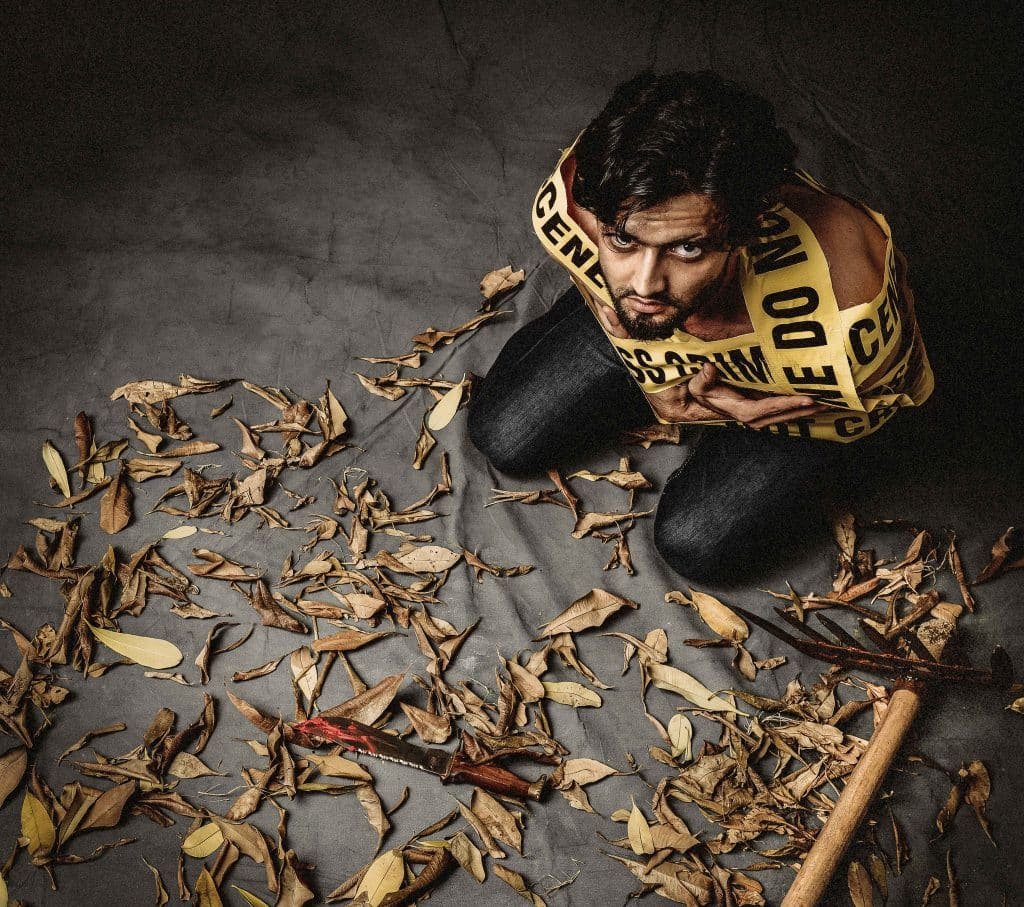Fine art photographers use this medium to express their ideas, emotions, and vision of the world. The subject matter is subordinated to the concept.
That’s why there are fine art photographers who photograph landscapes, still life, or even abstract photography.
To put this in a concrete example: a portrait photographer makes portraits, while an author of fine art portraiture uses portraits to express him or herself.
Fine art photography prints are normally numbered and signed. That’s because they have a limited edition and the signature warranties authenticity.
Making fine art photography is not about a muse or a crazy artist – like many people think. It’s hard work that has a lot of structure – this is true to any art form. As Picasso once said: “Inspiration exists, but it has to find you working.”
- Decide on your subject
Fine art photography is not necessarily about a beautiful subject. It’s about an idea and a concept that the author wants to undertake. Find something that interests you – even better, something that you’re passionate about – and work with it.
- Do your research
This is an important part that shouldn’t be overlooked if you want to be successful. Fine art photography doesn’t treat topics superficially. It needs to make people reflect and feel – that’s how it communicates a unique point of view.
Research how other photographers have treated the subject, take inspiration from other arts (like literature), and think about ten ways of doing it before you even start shooting. There isn’t one way to do it. Every author has their own process.
- Plan your shots
This is the preparation stage that will make the next step easier. Decide how you want to take your photos, and which light you’re going to use. If you need props, decide which ones and research where can you get them.
Once you have everything, organize your photo shoot.
- Take the photographs
The idea is just the base of the project, and now it has to be produced. This can take several attempts before it comes out exactly as you want it. Don’t give up – it’s part of the process.
- Post-process your images
Fine art photographers need to control the entire process until the final result of their images. Post-processing is the digital equivalent of developing and printing in film photography; it’s an important part of the work.
- Choose & Cull
Deciding which photos to present and the order you present them is essential in fine art photography. Imagine you’re taking the viewer on a journey or that you’re telling them a story.
- Write the presentation text
Unlike other types of photography, your work needs to be presented. Don’t explain the obvious. Instead, give an insight about what moved you to do this work and what you’re reflecting upon. Think about the last time you visited a museum or a gallery: they always have a text at the entrance, and probably more throughout the exhibit.
- Prepare your artist statement
Many confuse this text with a short bio or a type of CV – that’s not what it means. An artist statement should explain what you do and why. It’s not about one project; instead, it’s the common thread that guides all your projects. It doesn’t need to be too long.
- Show your portfolio
Now that you have your project ready, you’ll want to have it exhibited, shown, and even bought. Start visiting galleries or enter photo-contests to get your work out there. Your artist statement should always accompany your portfolio.


